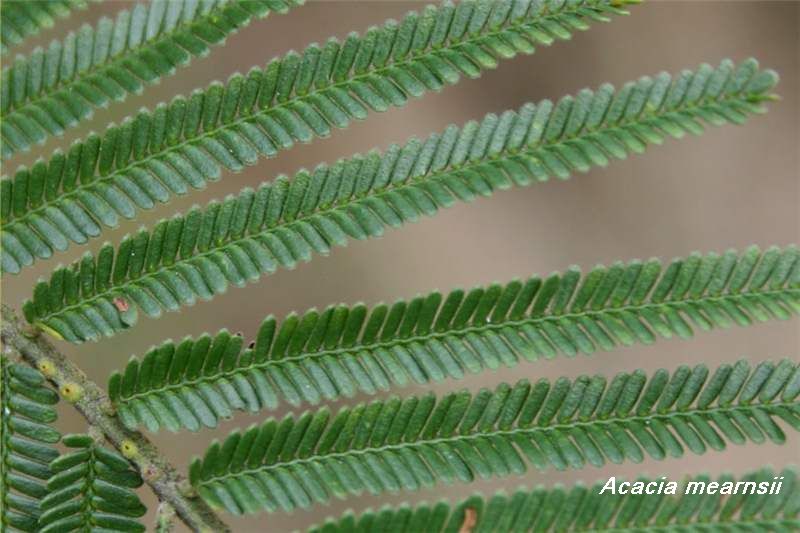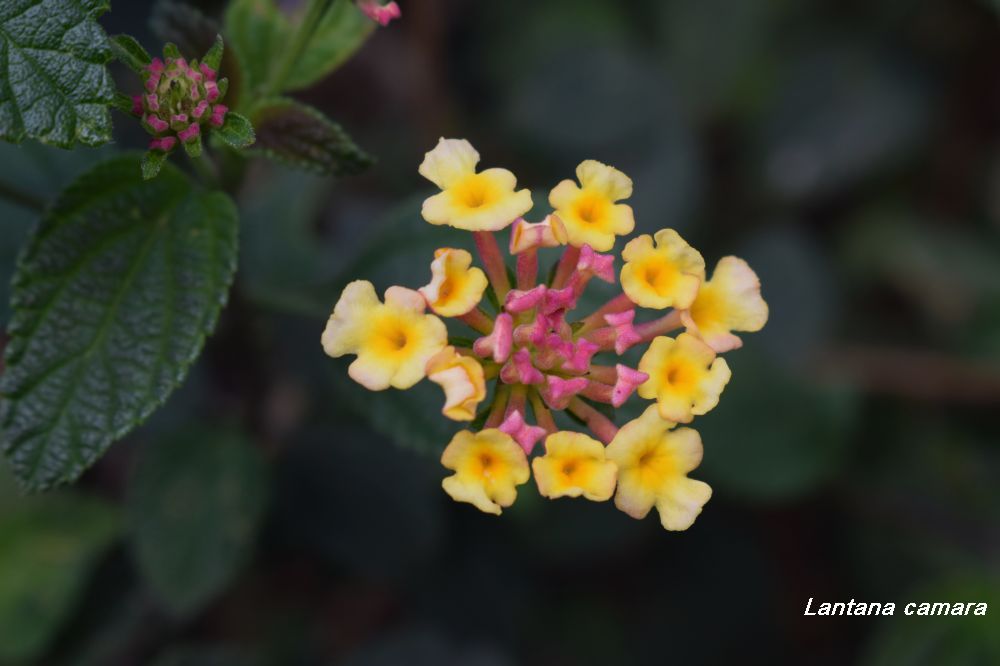What are invasive species?
Alien, exotic or introduced species are non-native to a region. These are species that have been introduced by people, either deliberately or accidentally. If an alien species is able to establish populations and reproduce in the introduced region, it is considered a naturalized species. If a naturalized species is able to become abundant and spread into and change ecosystems by displacing native species or becoming a threat to valued environmental resources, it is then considered an invasive species. Invasive alien species include plants, animals, insects, fish, fungi, and even disease-causing organisms.
 How do invasive species arrive
How do invasive species arrive
Humans have been deliberately transporting plants and animals from one part of the world to another for food, fibre, fuel, or other purposes. Crop plants, livestock, plantation trees, garden ornamentals, and aquarium fish are good examples.
Most species introductions are deliberate. However, sometimes, a species might get introduced accidentally, or inadvertently. A species could arrive accidentally as a hitch-hiker on a species that is deliberately introduced (e.g., diseases of introduced plants or weed seeds mixed with imported grain), or as a stowaway (e.g., marine organisms in ballast water). In most cases, species that are introduced remain in cultivation. But occasionally, a species might escape cultivation and when they become established as invasive species they could have several negative consequences.
For example,
Acacia mearnsii (Black Wattle) was introduced to The Nilgiris in 1861 as a plantation tree to supply fuelwood and charcoal to European settlements in Ooty and surrounding areas. Black Wattle is now one of the most invasive plants across the shola grasslands of the Western Ghats and is very widespread.
Characteristics of invasive species
Invasive alien species possess similar characteristics to ‘pioneer species’ (the species that first colonise new habitats created by disturbance). They can reproduce rapidly and have high dispersal ability. They can survive in a wide range of environmental conditions. They can outcompete native species for resources like soil nutrients and sunlight. Invasive species may not have natural predators or competitors present in the invaded ecosystem, and this enables them to grow unchecked.
Why do they pose a threat?
Invasive alien species can threaten native biological diversity by suppressing or displacing native species. They can change patterns of nutrient cycling, disrupt fire regimes, and modify the pattern of plant succession. They can also have economic impacts by affecting services that people obtain from ecosystems, and they can harm human health and wellbeing.

For example,
Lantana camara, a South American flowering shrub, was brought to India, via Europe, as a garden ornamental and hedge plant about 200 years ago (in 1809). Lantana is known to suppress native plant species, including non-timber forest products (or NTFP) that people collect. It has modified native habitats, making them unsuitable for a number of wildlife species. It has increased the risk of severe forest fires. It forms dense thickets, decreasing visibility and making forests more dangerous for people by increasing chance encounters with large wildlife.
How bad is the issue of invasive alien species? What does the future look like?
Invasive alien species are a significant threat to biodiversity across the world. In India, it is estimated that we have about 1600 introduced plant species. Of these 225 are invasive plants; 134 more are likely to become invasive in the near future. The damage caused by invasive species in India is estimated to average about US$ 2 billion a year. But this is likely to vastly underestimate the true cost of invasive species since only some costs can be quantified (e.g., losses to agriculture and forestry, or costs due to diseases); most costs of invasive species are very difficult to quantify (e.g., the local extinction of species, the loss of wildlife habitat, or impacts on human wellbeing).
 How can citizens help in managing invasive alien species ?
How can citizens help in managing invasive alien species ?
Before we can manage invasive species, we need good information that would allow us to prioritise species (and habitats) to manage. This information includes answers to questions such as: Which are the invasive alien species of most concern? Where do they occur? How widespread are they? What are the habitats that are most susceptible to invasion? Such information could come from an atlas of invasive species. Experience from across the world has shown that such an atlas is best created through a participatory approach, with the involvement of multiple stakeholders such as citizens, scientists and forest departments.


